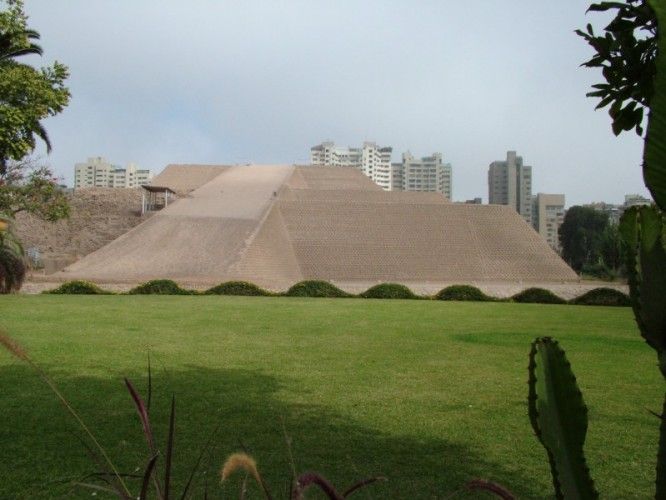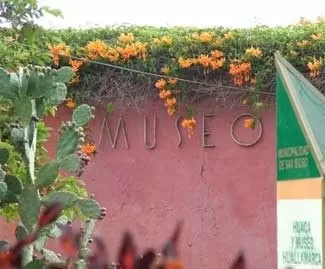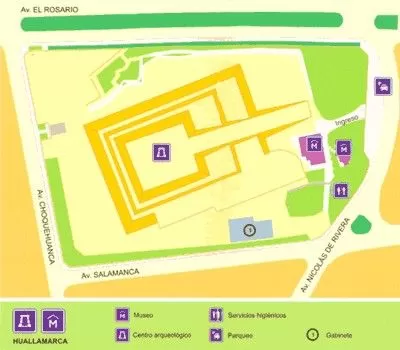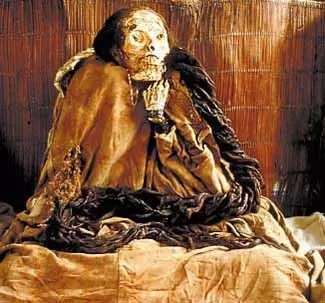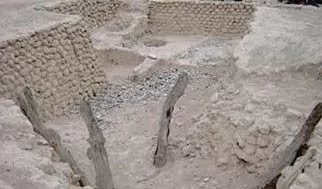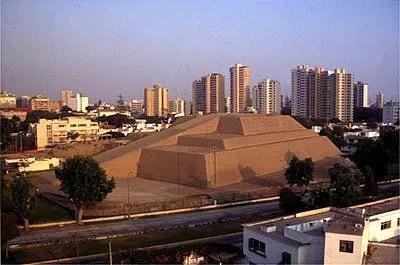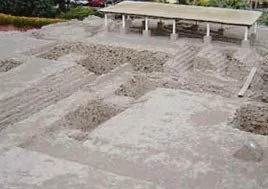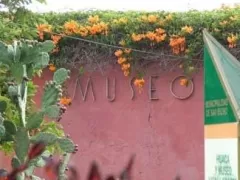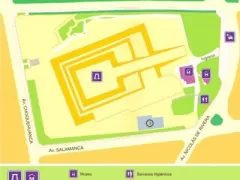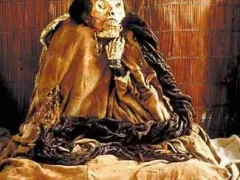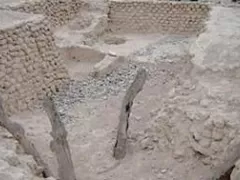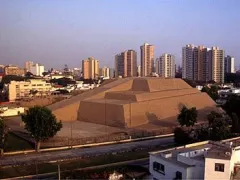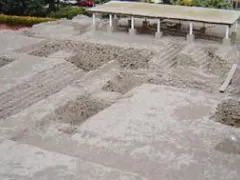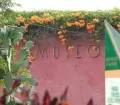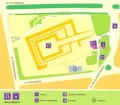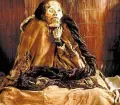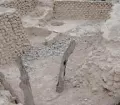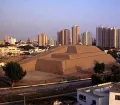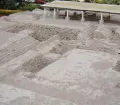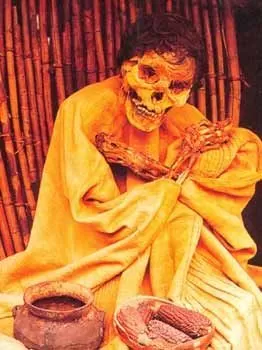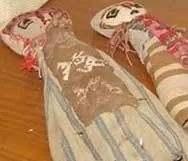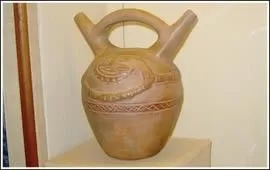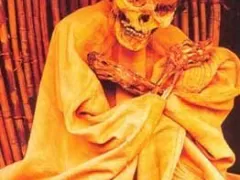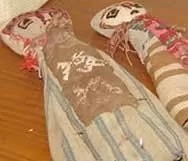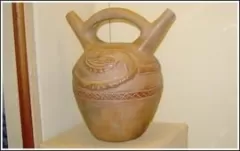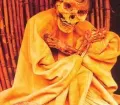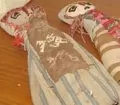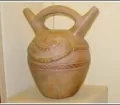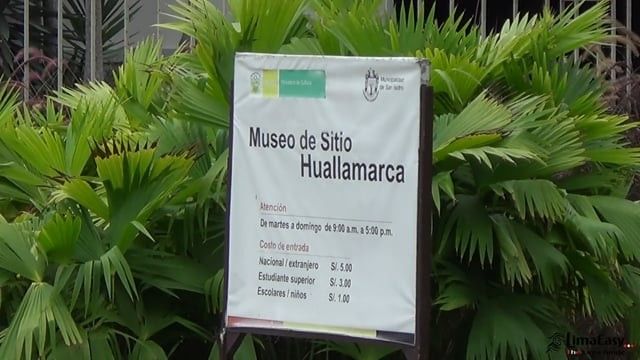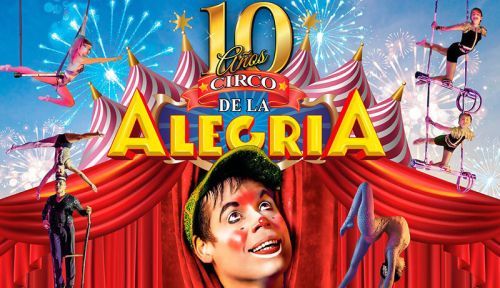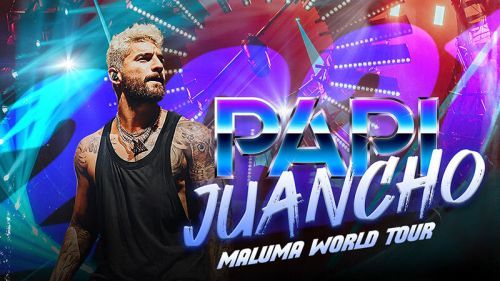In the district of today’s San Isidro, you will find an important archaeological complex named the "Huaca Huallamarca" or also known as "Pan de Azúcar" (Sugar Bread). Intensive investigations revealed three main occupation periods of the huaca: before and during the Lima Culture (around 200 BC to 700 AD) by ancient "Hualla" settlers from the Lima valley, "Ishma" (around the 11th century) and Incas (15th and 16th century).
In each period, "Pan de Azúcar" was used differently. First used as a temple, then converted to a cemetery and later changed to a human settlement. The "Huaca Huallamarca" is beautifully preserved. It stands out with its surroundings (the modern district of San Isidro) and is a physical testimony for the highly developed communities in pre-Hispanic times. The on-site museum exhibits artifacts found in "Huallamarca" since the first archaeological excavations in 1958.
The history of the "Huaca Huallamarca" goes back to the early Christian era when the "Hualla" from the Lima Culture occupied the complex. Its original purpose was to serve as a place for worshipping for the tribes of the Lima Culture. During the time of the regional development, they built the enormous pyramid. They constructed completely it with adobe bricks, shaped by hand and assembled to platforms (one over the other) to create enclosures, patios, passageways and private areas. They painted everything in a yellowish color and built side ramps to reach the different levels. They only allowed access to the ceremonial centre to a religious elite. During the early stages, the first burials were quite simple. They placed the bodies in an extended position, wrapped in cotton cloths and tied to a reed stretcher. The offerings placed around the head comprised ceramic pots and food for the afterlife.
As time passed by, new urban and cultural centers arose in the valley and the "Huallamarca" was abandoned as a temple. The population only used the ceremonial complex as a burial ground. In this second phase, burials became more elaborate. Funerary bundles with "false heads" were made. The bodies were wrapped in woven cloth and buried with textiles, decorated ceramic pots, gourds, tools, musical instruments, food and other valuable objects.
During "Huallamarca's" last inhabited period, the Incas used it as a human settlement. The citizens built terraces on the east side of the pyramid and added dwellings, patios, storage and cooking areas. Typical for this time period are the large in-built deposits and huge terra-cotta vessels used for the storage of grain and liquids. Archaeologists found measuring and weighting devices and goods for barter trade (swapping).The on-site museum exhibits several archaeological important and interesting objects that were found in the "Huallamarca" since 1958, when investigation and excavation started. The findings made it possible to reconstruct the development and history of the "Huaca Huallamarca". Complete mummy bundles, beautifully decorated vessels, gourds, objects for weaving, music instruments, masks and crowns are displayed.


